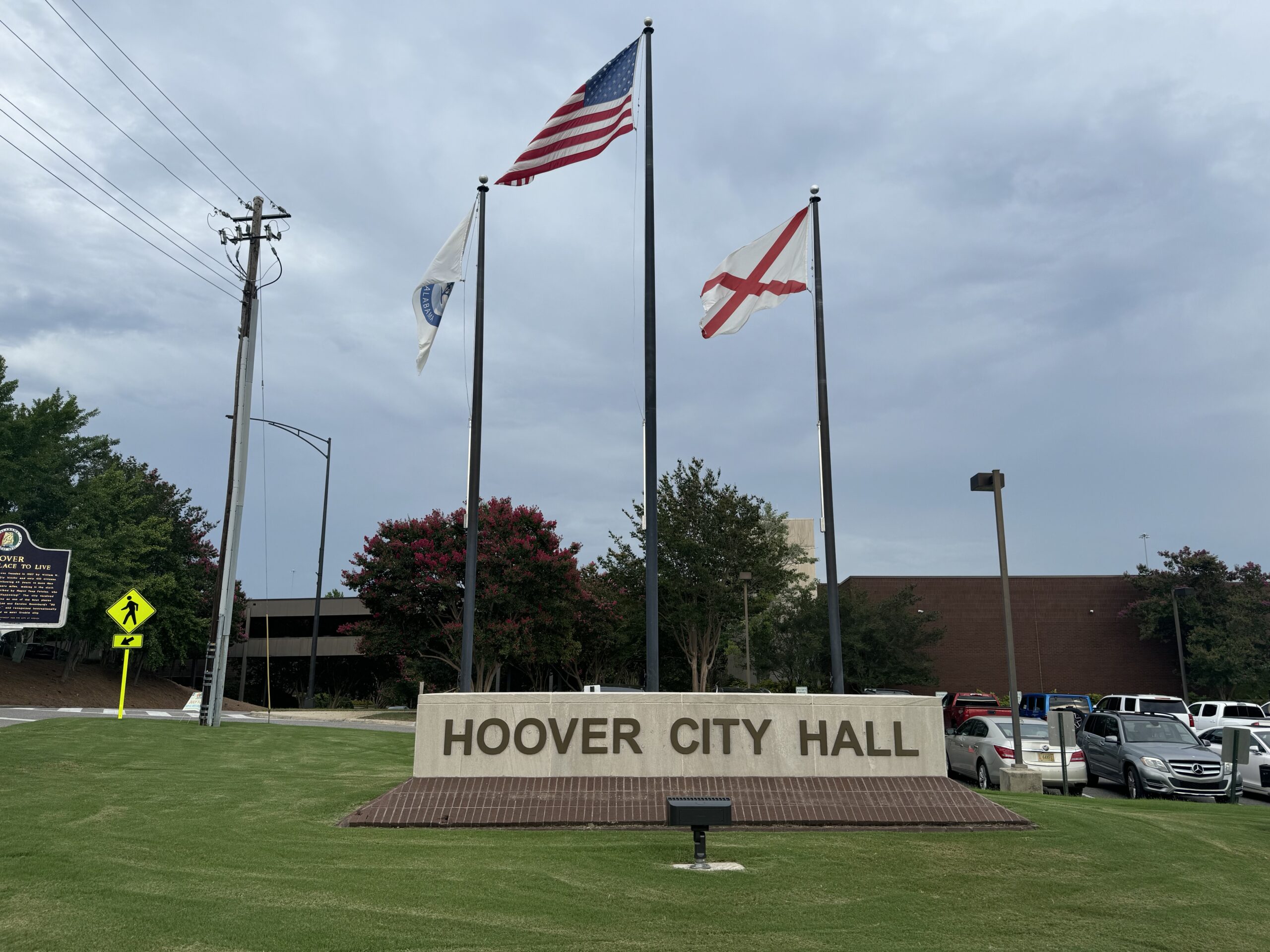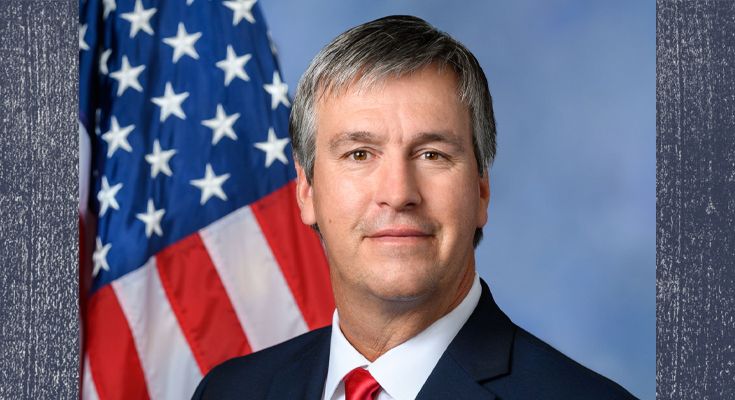On Thursday, the Alabama Legislature voted to send budget appropriations bills totaling over $14.8 billion to the desk of Alabama Governor Kay Ivey. For those legislators who experienced the 2011 thru 2017 post-Great Recession budget battles, the change in dollar amounts and the tone of the budget discussions are remarkably different.
Alabama has an arcane budgeting system where there is not one budget; but two – the education trust fund (ETF) and the state general fund (SGF). Education spending is in the ETF, while most non-education-related state agencies, the largest of these being Alabama Medicaid and the Alabama Department of Corrections (ADOC), are in the state general fund (SGF) budget.
On Thursday, the Alabama House of Representatives passed the fiscal year 2024 education trust fund budget (ETF) of $8.8 billion. That is by far the largest in state history. The House also passed a supplemental appropriation to the F.Y. 2023 education budget of almost $2.8 billion. The biggest controversy in this whole budget debate has centered around that supplemental appropriation.
A conference committee was tasked with resolving the differences between the two budgets. Both Houses voted to concur on the conference committee version of the budget late on Thursday night.
The biggest difference between the Governor’s budget request, the Senate version of the education budget, and the House version is the size of the tax rebates. In her State of the State speech, Alabama Governor Kay Ivey promised Alabamians $400 checks. That would have cost $980 million, according to the Governor’s office, while the Legislature’s estimate was over $1 billion. The Senate slashed that to $105 per taxpayer. The House doubled that amount to $210 per tax filer and $420 per couple. The version that came out of conference committee around 9:30 p.m. on Thursday was reduced to $150 per tax filer and $300 per couple. Both Houses voted to concur with the conference committee version of the budget and the conference committee version of the education supplemental.
Instead of funding the Governor’s tax rebates, the Legislature created a second reserve account of nearly half a billion dollars in case a future economic downturn means that future legislatures need to tap reserves. The education budget already had a fully funded rolling reserve fund that could be used to prevent proration of the education budget. This second reserve fund will give the Legislature more flexibility in responding to a slowdown in tax revenues. The Legislature also created a new grant program to fund K-12 capital projects administered by the office of the Lieutenant Governor. Sen. Arthur Orr explained that these projects will be targeted to the greatest needs statewide. Rep. Danny Garrett explained that the conference committee version of the supplemental ETF appropriation meant ~$157 million had to be reappropriated from the rebates. $75 million went to the new cash reserve, $75 million to the Lt. Governor’s grant program, and another $7 million funded various projects. Orr and Garrett are the education budget chairs for their respective houses.
While all this was happening in the House of Representatives, the Alabama Senate passed its version of the general fund budget. The over $3 billion SGF is by far the largest in state history. There was also a supplemental appropriation for the SGF. A conference committee worked out the differences between the House and Senate versions of the SGF after ~11:00 p.m. on Thursday. Both Houses voted to concur with the conference committee version of the general fund. Interestingly the conference committee version of the SGF at $3,013,650,381 is several million dollars left than the version that passed out of the House and even the version that the Senate passed just hours earlier. It is still more than the Governor requested.
Sen. Greg Albritton said that one of the biggest issues facing the state is the escalating costs of construction. Inflation has hit the whole economy, but nowhere more than in construction costs, and the state has several construction projects underway in both the ETF and SGF, most notably the two mega prisons being built in Elmore and Escambia Counties.
One area that is not discussed in all of these budget discussions is roads and bridges. This is because the Alabama Department of Transportation (ALDOT) receives its funds not from the ETF or SGF but from the road and bridge fund that comes from fuel taxes. This allows ALDOT to avoid proration in an economic downturn like what was experienced by schools and other state agencies a decade ago, but it also means that ALDOT misses out on windfalls from boom times like what we are experiencing now. If Alabama had a one combined pot of money budget, like most state governments, it is very easy to envision a scenario where the Legislature could have appropriated a billion dollars or more to ALDOT. This would have allowed the agency to draw down another $2 billion in federal funds to address long-term infrastructure needs such as the I-10 bridge over the Mobile River, six-laning I-65, or completing the Northern Beltway in Jefferson County. This is not an option in the unique budgeting system in the state of Alabama.
The budgets now go to Governor Ivey for her consideration. The Legislature will return on Wednesday for day 27 of the 2023 Alabama Regular Legislative Session. The session is limited to just thirty legislative days by the Alabama Constitution.
To connect with the author of this story or to comment, email brandonmreporter@gmail.com.
Related
Share via:














